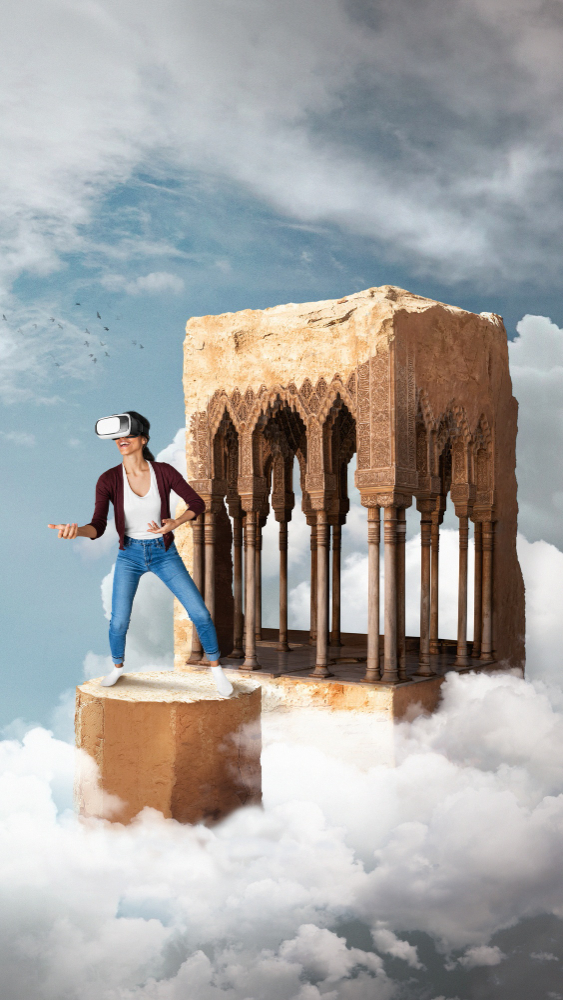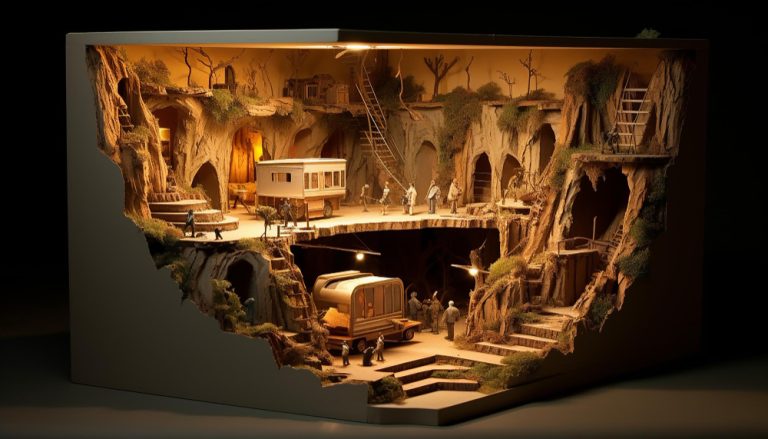In the heart of Siena, Italy, a majestic cathedral has stood for nearly 800 years. This remarkable structure, known simply as “the cathedral” to most, is a testament to the enduring legacy of the ancient world. However, to Stefano Campana, an archaeologist at the University of Siena, it is more than just a historic monument; it is “the church that is visible now.” This phrase encapsulates the idea that beneath the surface of what we see today lies an entire world waiting to be unveiled and preserved. In this blog, we will explore how technology has the capacity to plan, preserve, and populate the ancient world before it fades into obscurity, and we will discuss the exciting scope of future technologies that will aid in this endeavor.

Technology’s Role in Unveiling the Past
Technology has played a pivotal role in unraveling the mysteries of the ancient world. From sophisticated imaging techniques to powerful data analysis tools, it has provided archaeologists with the means to delve deep into history. One remarkable example is LiDAR (Light Detection and Ranging) technology, which uses lasers to create highly detailed maps of ancient landscapes. In 2018, researchers used LiDAR to uncover the sprawling ancient Maya civilization hidden beneath the dense Guatemalan jungle.
Similarly, advances in ground-penetrating radar have allowed archaeologists to peer beneath the Earth’s surface without disturbing ancient artifacts. This non-invasive method has led to remarkable discoveries such as buried cities, tombs, and even entire lost civilizations.
Preservation Through Digital Documentation

Preserving the past goes beyond merely uncovering it. Technology also plays a crucial role in digitally documenting and conserving ancient artifacts and structures. High-resolution 3D scanning and modeling enable archaeologists to create digital replicas of historical sites and artifacts, ensuring they are safeguarded for future generations.
Moreover, the use of virtual reality (VR) and augmented reality (AR) offers immersive experiences that allow people to explore ancient worlds from the comfort of their homes or in museums. This not only makes history more accessible but also reduces physical wear and tear on fragile artifacts.
The Future Scope: Emerging Technologies
As we look to the future, there is an exciting array of emerging technologies that promise to take the preservation and exploration of the ancient world to new heights.
- Artificial Intelligence (AI): AI can help analyze vast datasets of historical information, identify patterns, and even assist in the reconstruction of damaged artifacts or deciphering ancient languages.
- Robotics: Miniature robots equipped with cameras and sensors could navigate through tight spaces in archaeological sites, capturing images and data that would otherwise be inaccessible.
- Blockchain: Blockchain technology can be employed to create secure, tamper-proof records of archaeological findings, ensuring their authenticity and provenance.

Benefits of Preserving the Ancient World
Preserving the ancient world isn’t just about indulging our historical curiosity; it carries profound benefits for future generations.
- Cultural Heritage: Ancient civilizations have left behind a wealth of knowledge, art, and culture. Preserving their legacy fosters a deeper understanding of our shared human history.
- Scientific Insights: Ancient artifacts and structures provide valuable insights into fields like archaeology, anthropology, and environmental science, aiding in our understanding of the past and present.
- Tourism and Education: Well-preserved historical sites attract tourists and serve as educational resources, boosting local economies and enriching global knowledge.

Conclusion
Technology has transformed our ability to plan, preserve, and populate the ancient world that lies hidden beneath our feet. As Stefano Campana aptly put it, what we see today is just “the church that is visible now.” The future holds even greater promise as emerging technologies, from AI to robotics, join forces to uncover and safeguard the treasures of our past. By doing so, we not only honor the legacies of ancient civilizations but also enrich the tapestry of human knowledge for generations to come. As Wired news portal recently highlighted, the past is not just history; it’s a tangible link to our future.
References:

